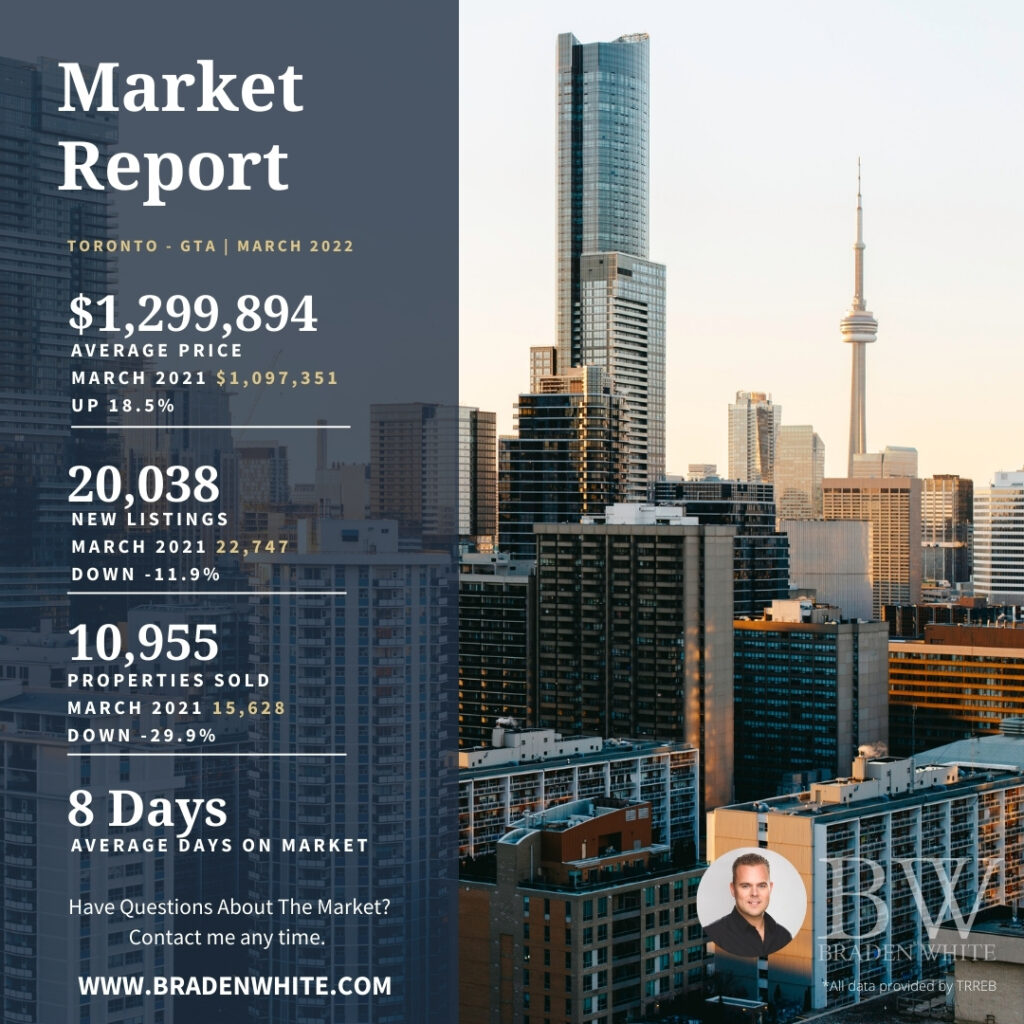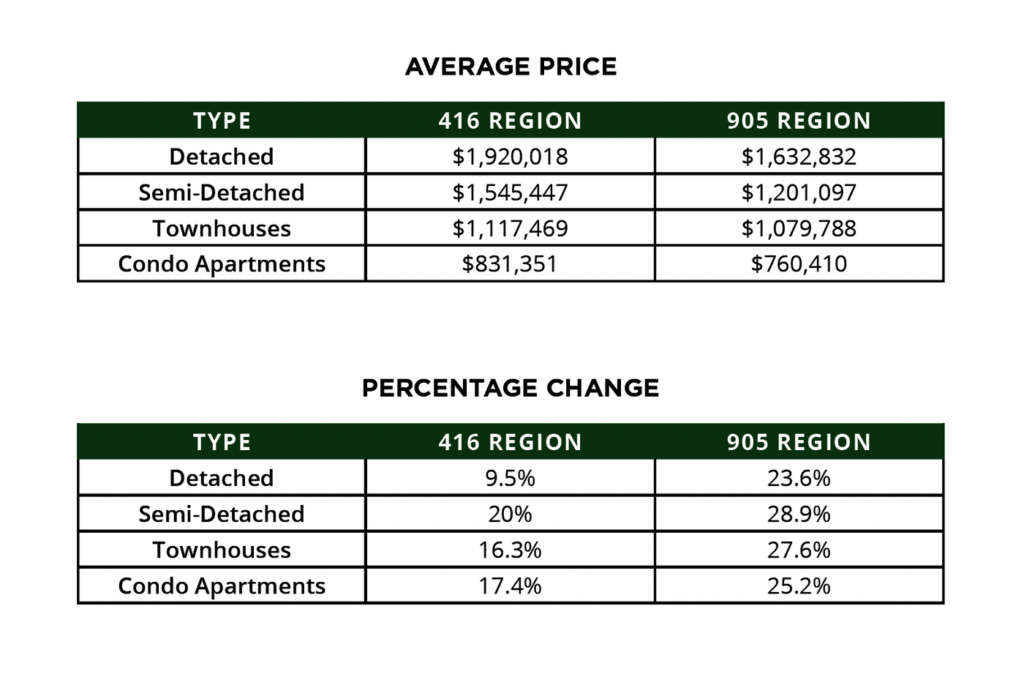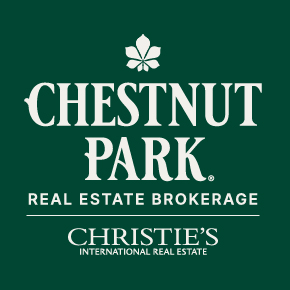In the face of daunting obstacles, the Toronto and area residential resale market produced stellar results, albeit not the stratospheric results achieved during the same period last year. In the face of rising interest rates, the war in Ukraine and its global consequences, government legislation primarily directed against foreign buyers and investors, and a desperate lack of inventory, the Toronto and area market produced the third-best March and the second-best first quarter on record.
Any comparison with March 2021 is almost pointless. During the first quarter of 2021, the resale market was being driven by the frenzy of the pandemic, causing indiscriminate buying, particularly in suburban and secondary markets. Even without all the obstacles, the market is currently experiencing that level of activity was unsustainable.
In March, 10,955 properties were reported sold, almost 30 percent fewer than March of last year, but as indicated above, still the third-best March on record. As a clear demonstration of how strong the market was in March, the average sale price came in at $1,300,000, not far from the record price of $1,334,328 achieved just last month. March’s average sale price is almost 20 percent higher than the average sale price of $1,097,351 achieved last year.

Given rising mortgage interest rates, it is not surprising that average sale prices have plateaued. The trend of constantly rising average sale prices is at an end and will stay steady until the current cycle of rising interest rates is at an end. Rising rates have the immediate effect of removing fringe buyers (often first-time buyers) from the market and lowering the price-point expectations of others.
If there was any doubt about the strength of the Toronto and area marketplace, two statistics dramatically prove the opposite. In March, all properties that hit the market (on average) sold in only 8 (unbelievable!) days. To emphasize this point, all 10,955 properties that sold in March were listed, marketed, negotiated, and sold in only 8 days. Even last year during Toronto’s strongest market in history, it took 10 days for all properties to be sold.
Not only did all properties sell in only 8 days, but they sold for an eye-popping 113 percent of their asking price, and this included 3,154 condominium apartments. In Toronto’s eastern trading districts all properties sold at 121 percent of their asking price. If a buyer were to go further east into the Durham region they would find that all properties that hit the market in March sold for 123 percent of their asking price. Semi-detached properties in Toronto’s eastern districts close to the central core continue to defy all market obstacles selling at almost 130 percent of their asking price. These statistics do not reflect a weakening market.
Despite the obstacles faced by the Toronto and area market, the growth in average sale prices was stronger in the 905 region as compared to growth in the City of Toronto. This continues the pattern that started during the pandemic, where less expensive homes offering more space were available.

Overall prices in the City of Toronto increased by 15.8 percent and by almost 27 percent in the 905 region.
High-end luxury properties continue to sell well. In March 1,165 properties having a sale price of $2 Million or more were reported sold. Year-to-date 2,841 properties in this price category have been reported sold, 93 percent of these sales being detached properties in the City of Toronto and the 905 region. Last year only 982 properties were reported sold in this price category.
As the market moves into April, supply shortages continue to be a problem. In March a little over 20,000 new properties came to market, almost 12 percent fewer than the 22,747 that came to market last year. As we enter April, buyers’ choice remains limited. At month end there were 10,167 available properties for sale, down over 4 percent compared to the 10,603 available last year. Based on the pace of sales, there were only 0.9 months of inventory in the entire greater Toronto area. The supply was marginally better in the City of Toronto, primarily because of the availability of condominium apartments, coming in at 1.1 months of inventory. Given the population of the greater Toronto area (approximately 6.7 million) a healthy, balanced market requires at least 20,000 properties monthly on a continuous basis available to buyers.
Have questions about the market, selling or buying?
Contact me any time. I’m happy to answer any questions you may have.
Prepared by Chris Kapches, LLB, President and CEO, Broker, Chestnut Park® Real Estate Limited, Brokerage.



